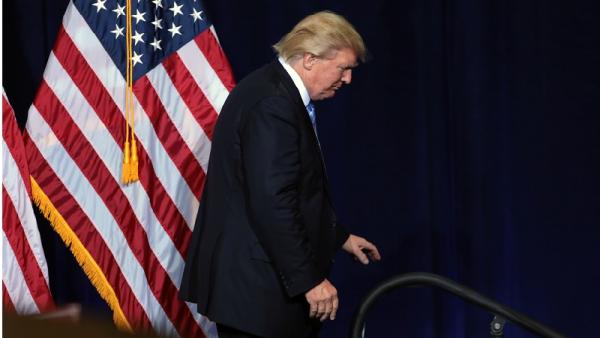
James Laurenceson, Deputy Director, Australia-China Relations Institute, University of Technology Sydney |
This article appeared in the Australian Financial Review, February 7 2017.
It's time for Australia to get ready for a trade war between the United States and China.
Our security alliance partner looks set to pick a fight with our biggest customer. And all this on the back of the US abandonment of the Trans-Pacific Partnership, a rules-setting trade deal in which Australia was heavily invested.
After Trump's unlikely presidential victory a comforting consensus emerged that said once in office his policies would gravitate towards the pragmatic centre. This shift would be in contrast to the shrill rhetoric of his campaign, during which he threatened a 45 per cent tariff on Chinese imports.
Instead, during the transition period the President-elect surrounded himself with extreme China hawks. He appointed Peter Navarro as his chief trade adviser, a fringe academic whose publications include titles like Death by China and The Coming China Wars.
So fond is Trump of a bellicose trade policy that he showed a willingness to use Taiwan as a bargaining chip, unravelling 40 years of consensus between the US and China that there is only "one China". Confirming this belligerence on trade, his first week in office was punctuated by talk of a 20 per cent tariff on Mexican imports.
Misdiagnosed problems
The economics profession is united in its conclusion that President Trump has misdiagnosed the problems the US faces. Just three months ago the US government's own Treasury Department said that there was no evidence to conclude that China was keeping its currency artificially low as Trump has claimed.
Research by leading international economists found that Chinese imports were responsible for less than 20 per cent of the job losses that the US manufacturing sector experienced during the 2000s. Improvements in productivity and automation were far bigger factors. Tariffs won't lead to humans replacing robots.
Chinese imports have provided US consumers with lower prices and greater choice. Economists Lawrence Edwards and Robert Lawrence estimated that by the late 2000s trade with China was effectively putting $US250 in the pocket of every American each year.
Meanwhile, China has become one of the fastest growing markets for US products, from soybeans to aircraft, with the total value of goods exports swelling from $US16.1 billion in 2000 to $US104.1 billion in 2016.
The goods that the US sells to China also bring far greater benefits for the local economy than those being shipped in the opposite direction. An iPhone that is "made in China" may sell for around $US750 but it is mostly only assembly that takes place there. For this stage of production China earns a mere $US8. When measured in terms of domestic value-added – rather than in terms of the gross value of the final good – the US trade deficit with China falls by one-third.
Washington under Trump focuses on the trade of goods. But in services, the United States runs a $US33 billion trade surplus with China, the largest with any country.
What does all this mean for Australia?
Overblown fears
As a relatively small open economy, Australia could plainly do without a trade war between the world's two largest economies. If Trump's tariffs were to hurt China's economic transition – which had been expected to deliver 850 million more Chinese into middle-class status by 2030 – it would cause immense damage to Australia's own prospects, particularly in agriculture and services.
That said, there are reasons to think that some of the worst economic fears may be overblown.
This was because the Chinese government responded to the external shock with a stimulus package focused on infrastructure and construction, which required more of the raw materials that Australia excels in supplying. A similar response could be expected this time round.
These days, China's growth prospects are also much less dependent on foreign demand. Last year, domestic consumption accounted for nearly two-thirds of GDP growth – a record high.
There's another cynical gain that could come to Australia because nearly all of what China buys from the United States can be bought elsewhere. Barossa Valley wine might start tasting a good deal better than that from California to patriotic Chinese palates.
There are likely to be strategic implications too. A blanket tariff on Chinese imports would put the United States in plain breach of its international obligations. It is a member of the World Trade Organisation but in this instance it would be tearing up the rule book. Any moral authority the United States had to call on China to abide by international law in other contexts such as the South China Sea would evaporate.
As for Australia? Canberra loudly supported the US in making such calls. It would be left embarrassed in the face of its most lucrative customer.
Author
Professor James Laurenceson is Deputy Director of the Australia-China Relations Institute (ACRI) at the University of Technology Sydney.


